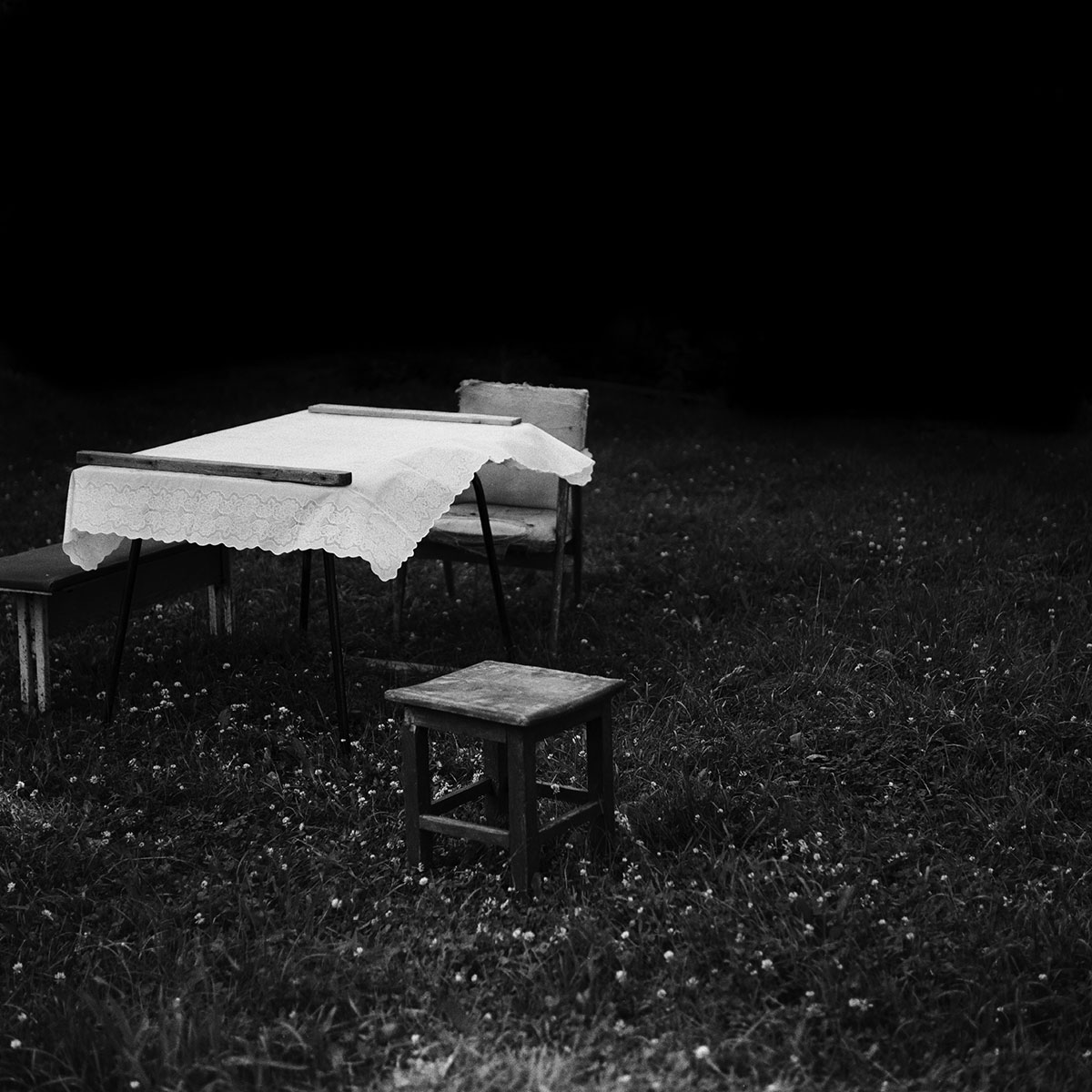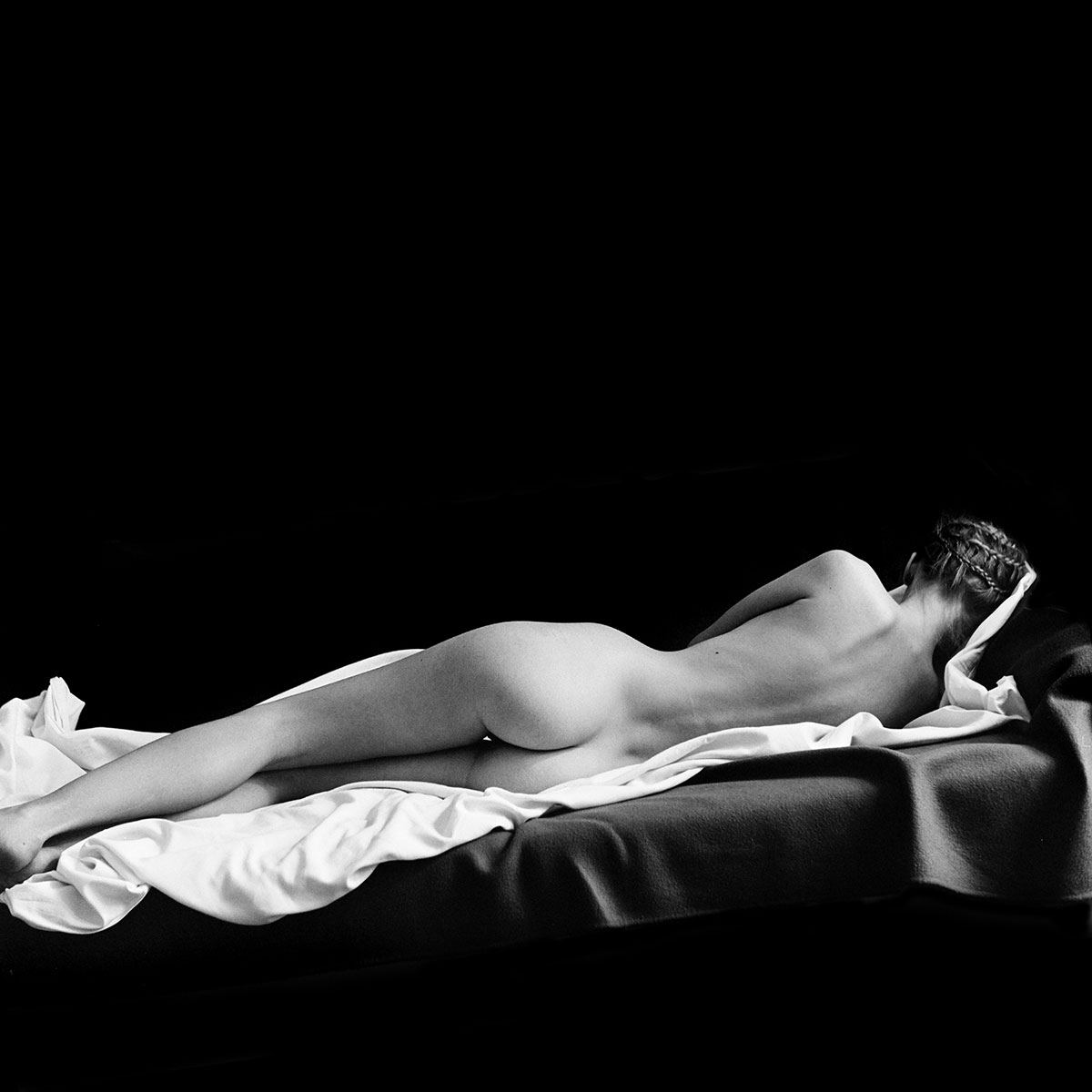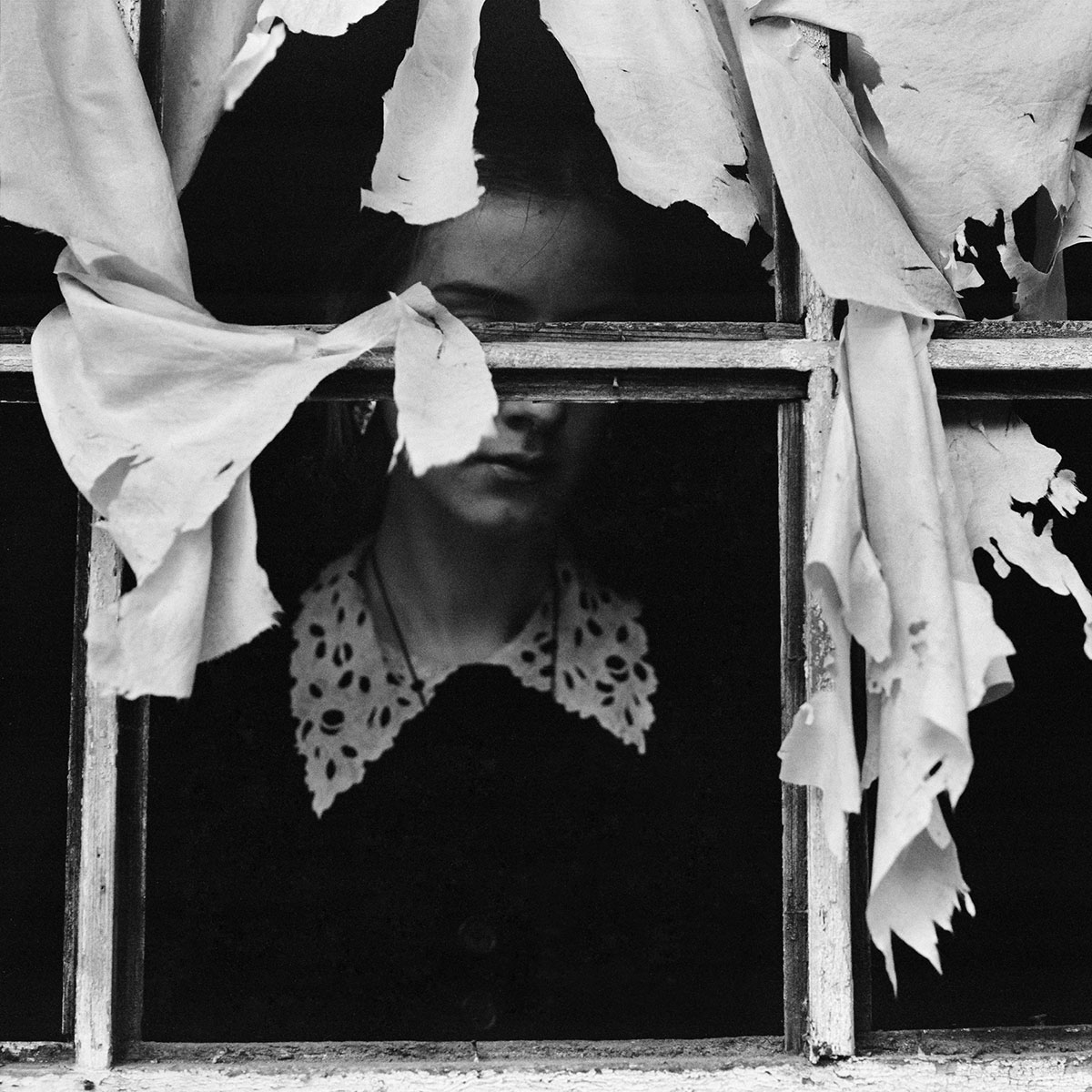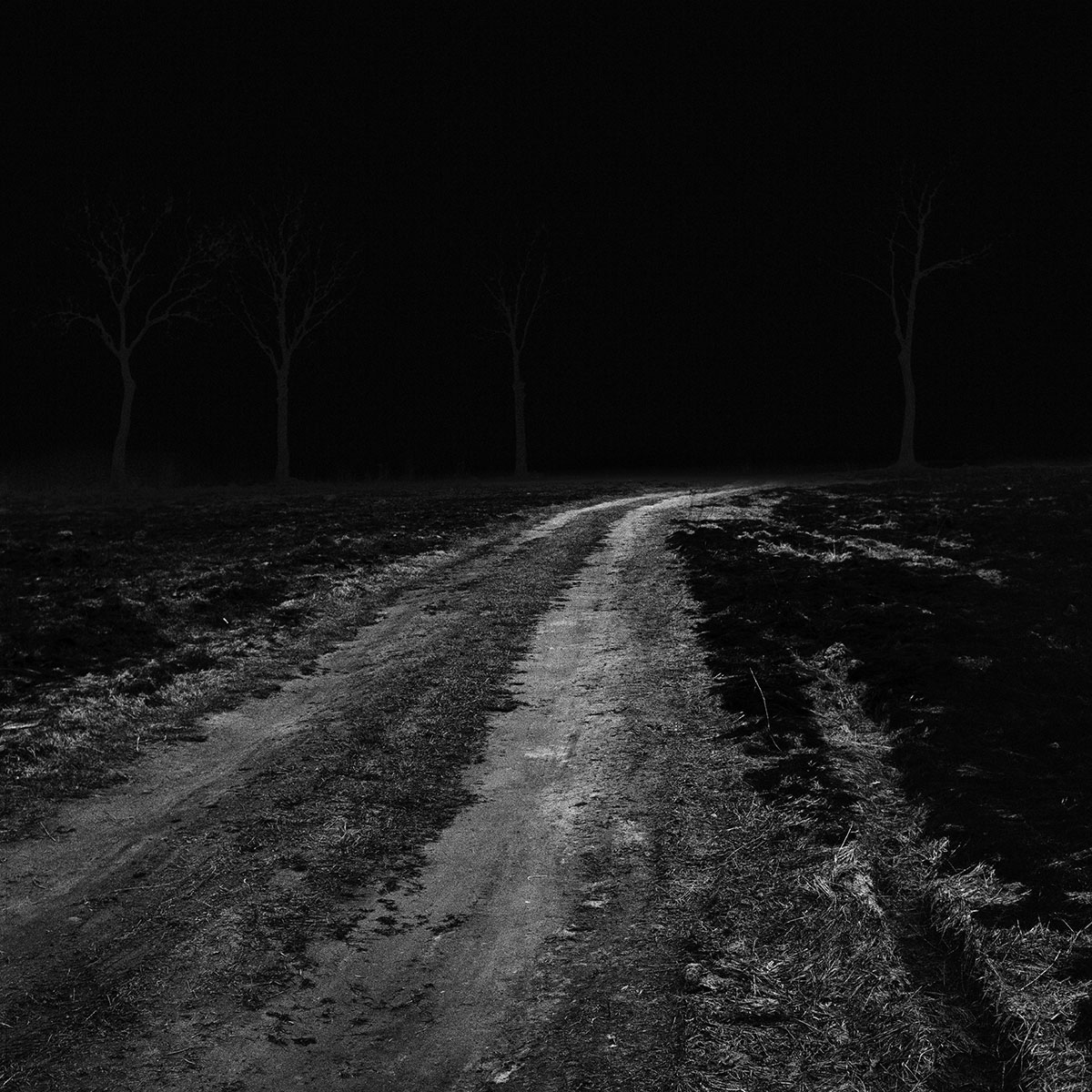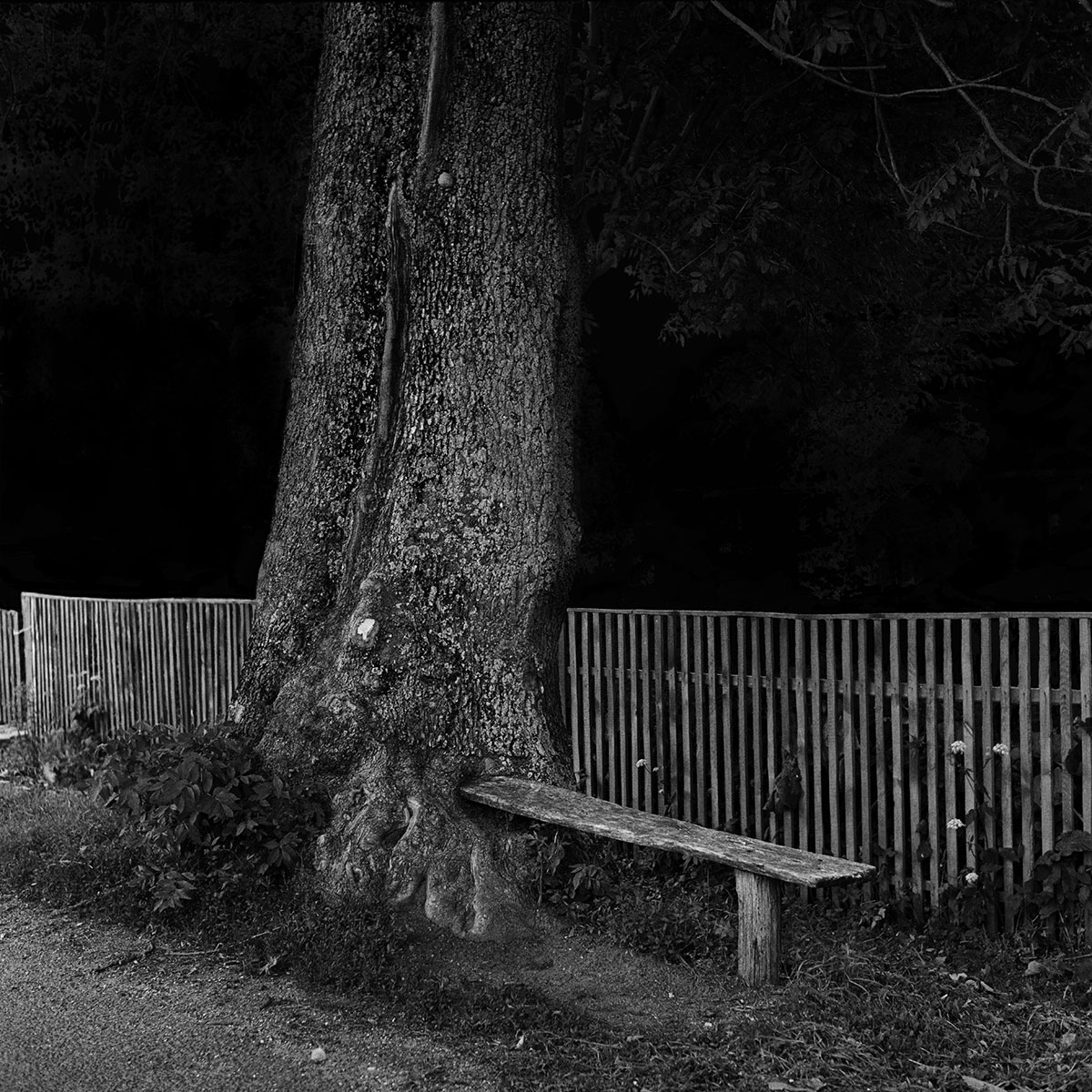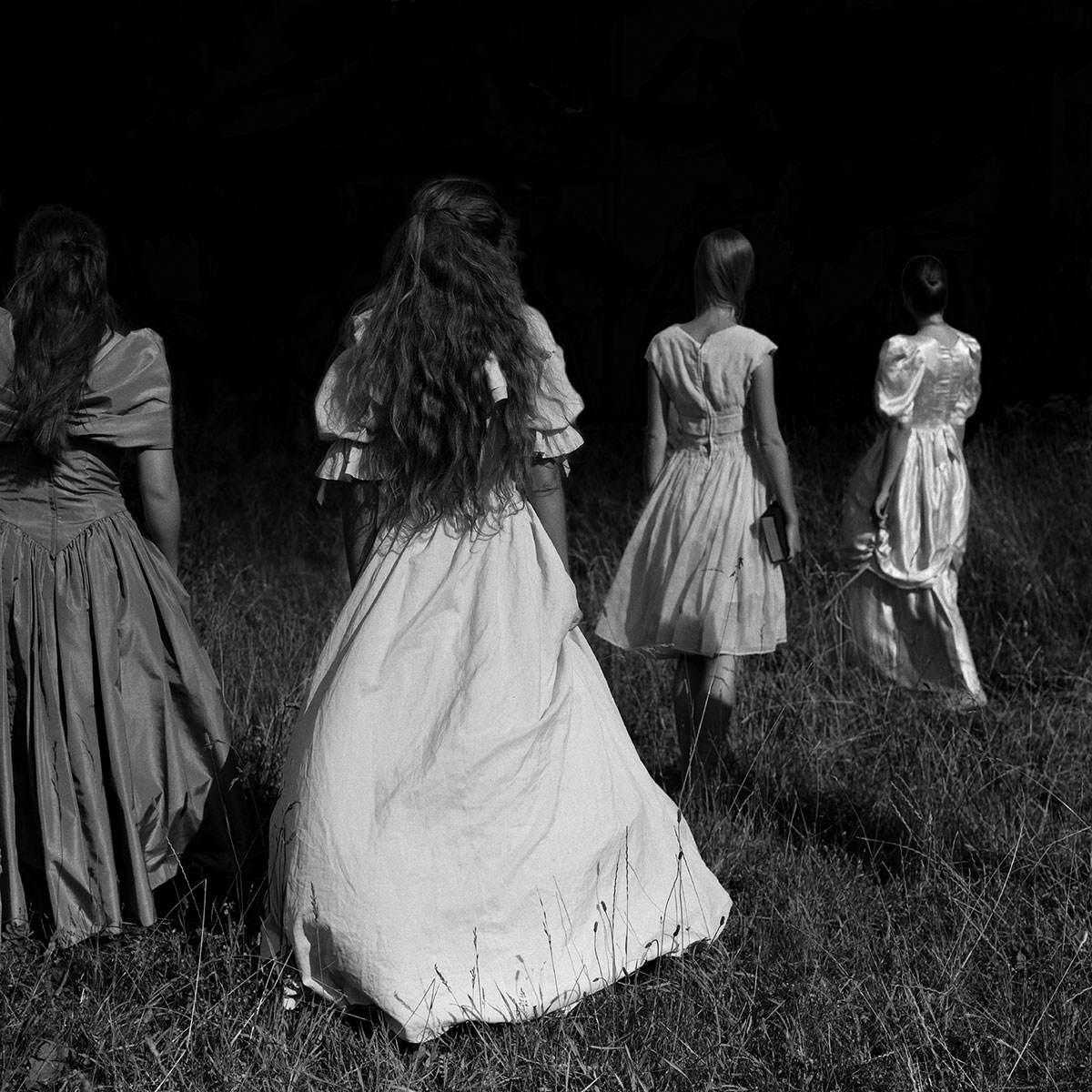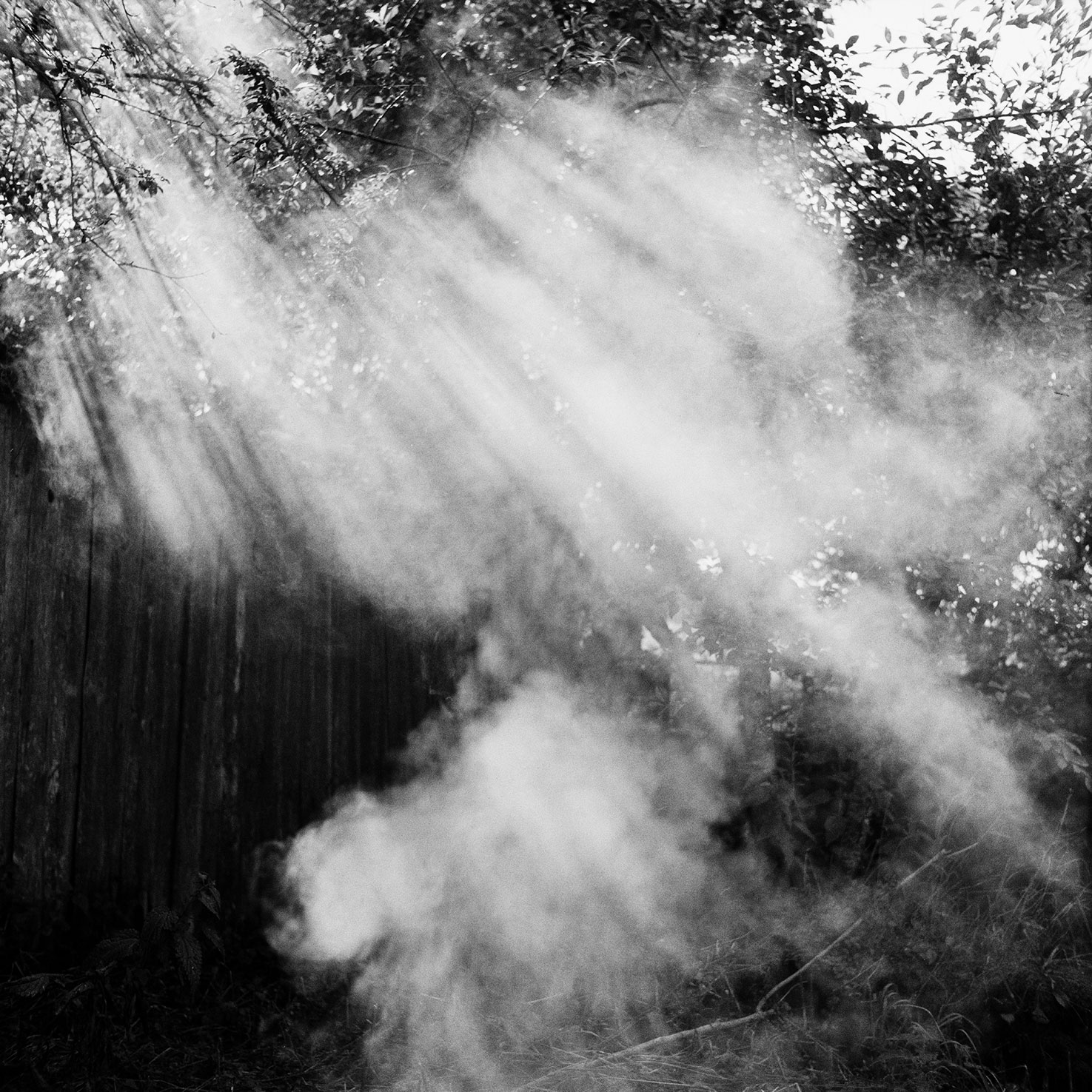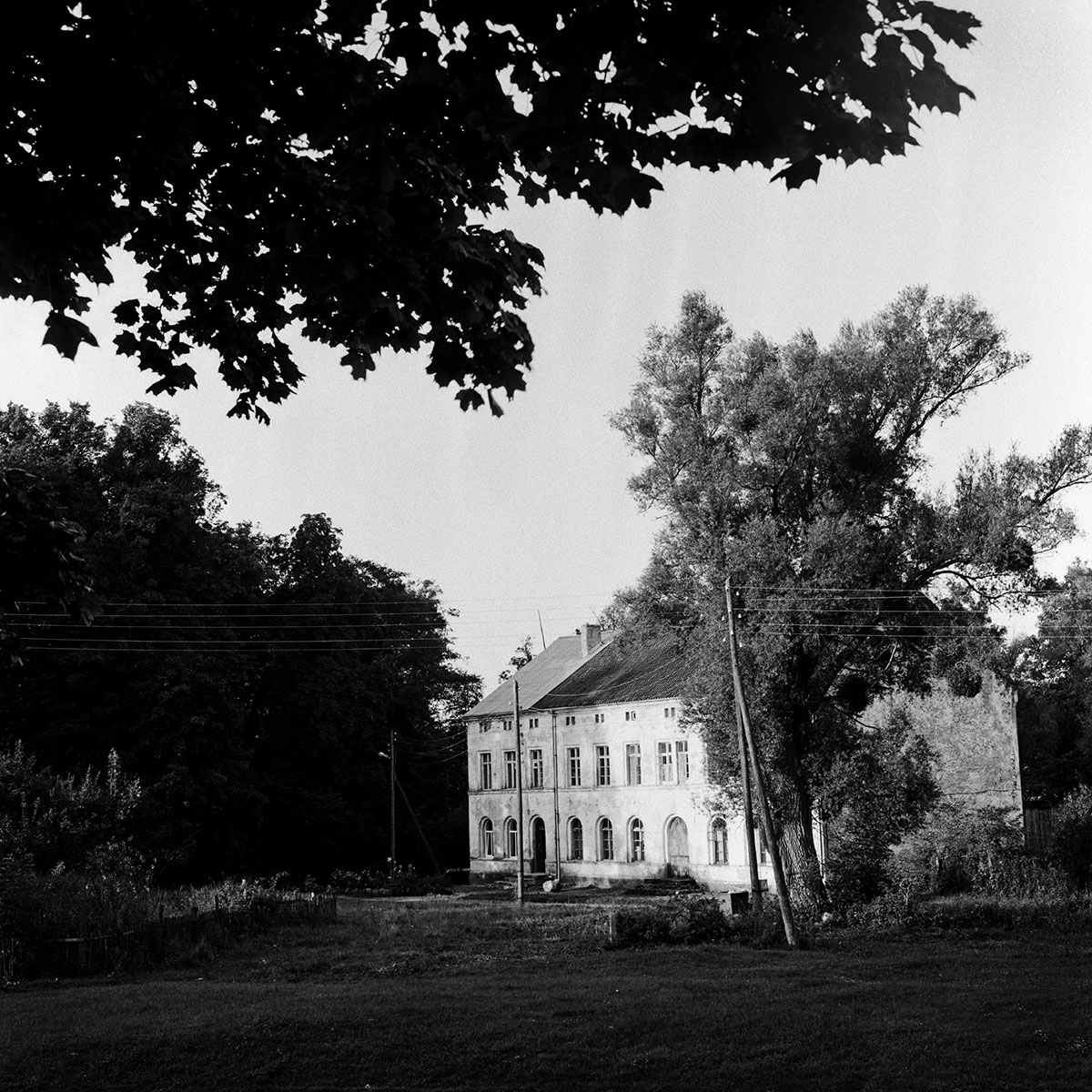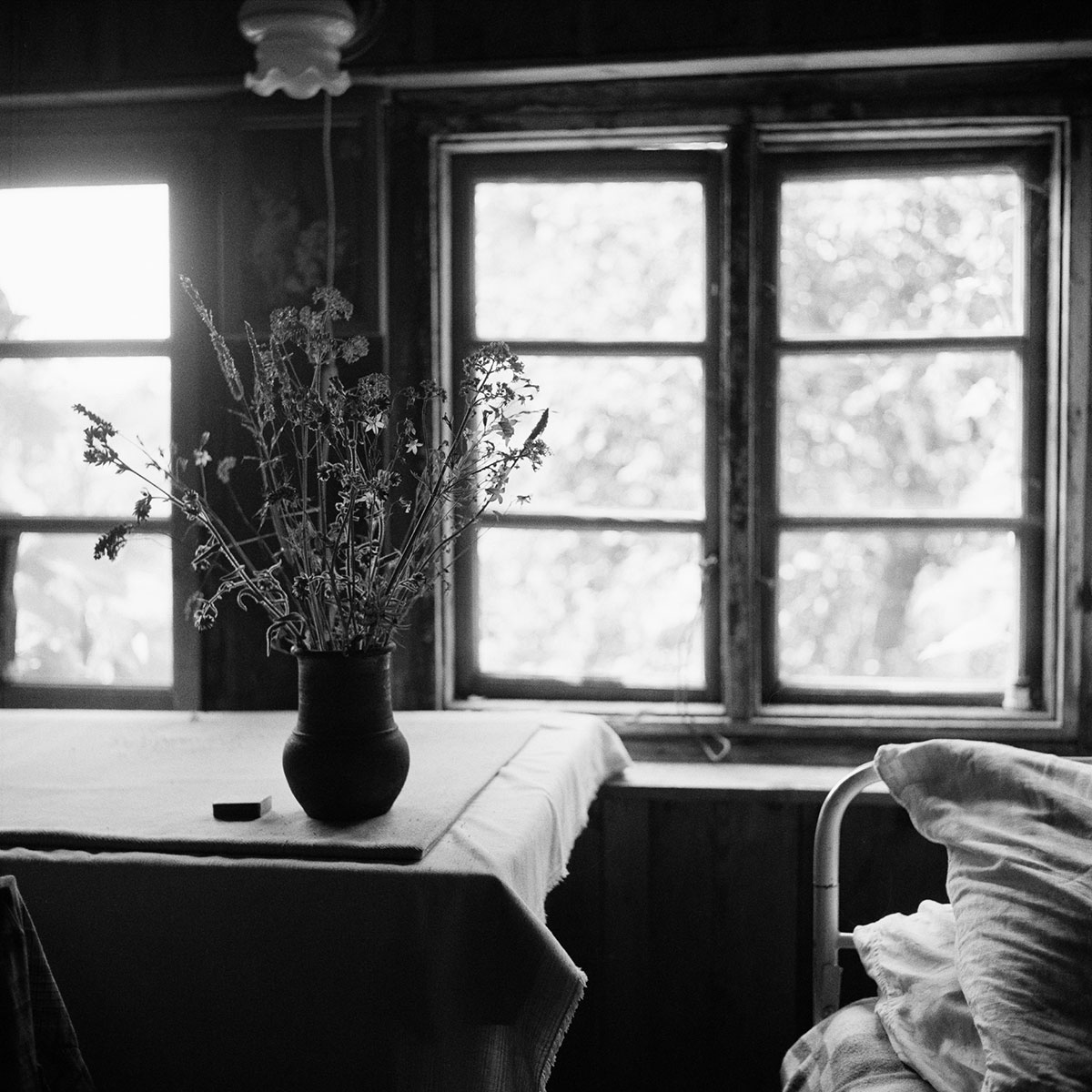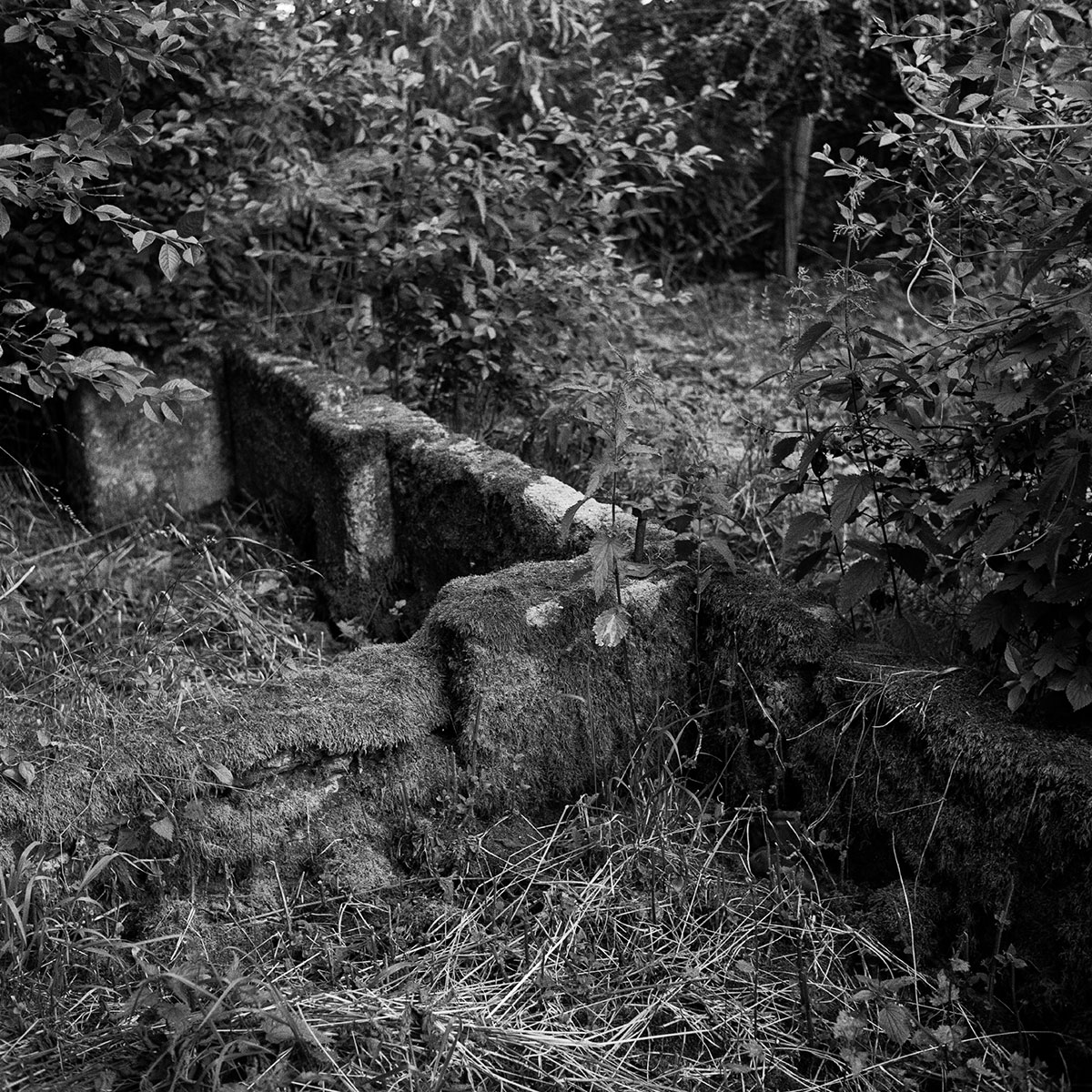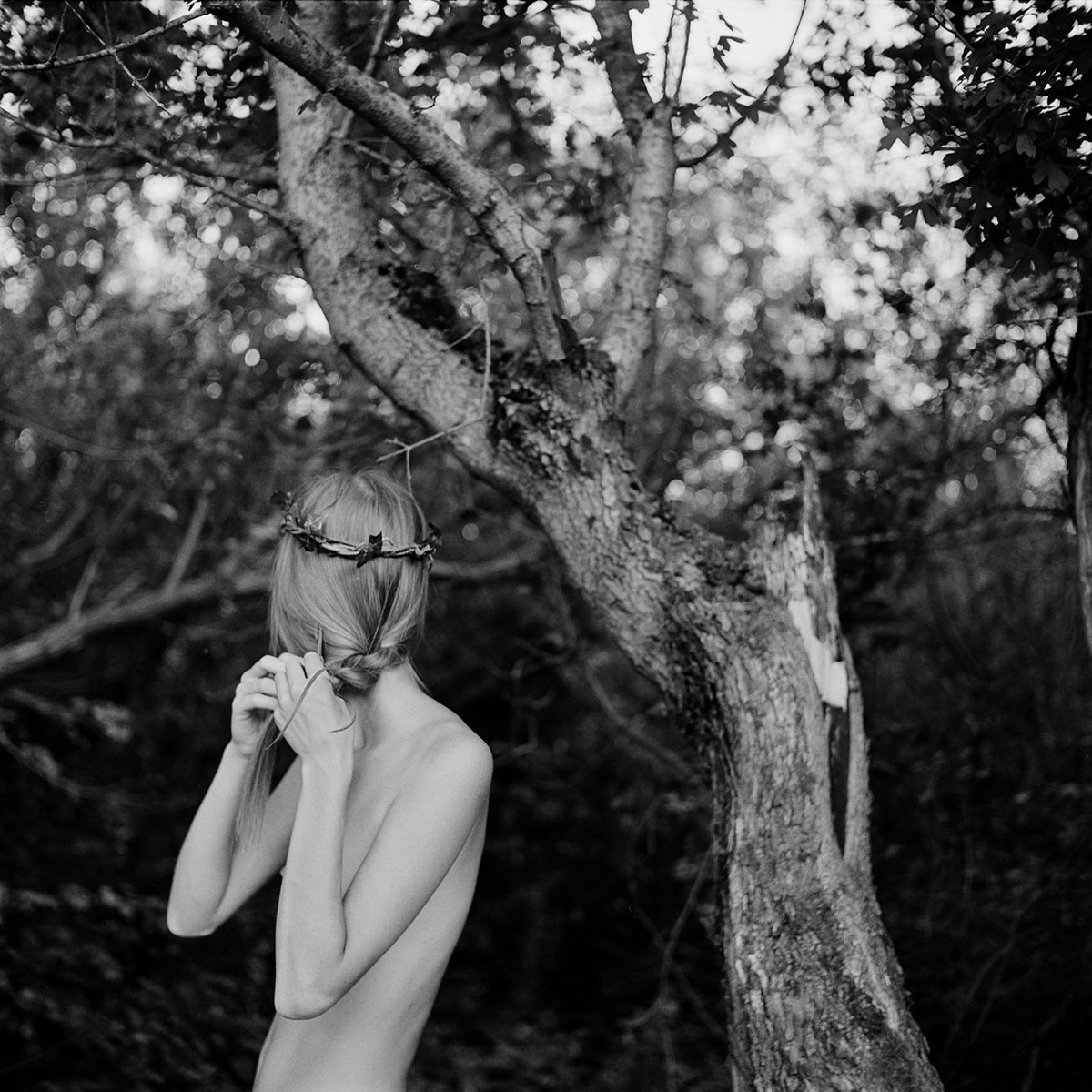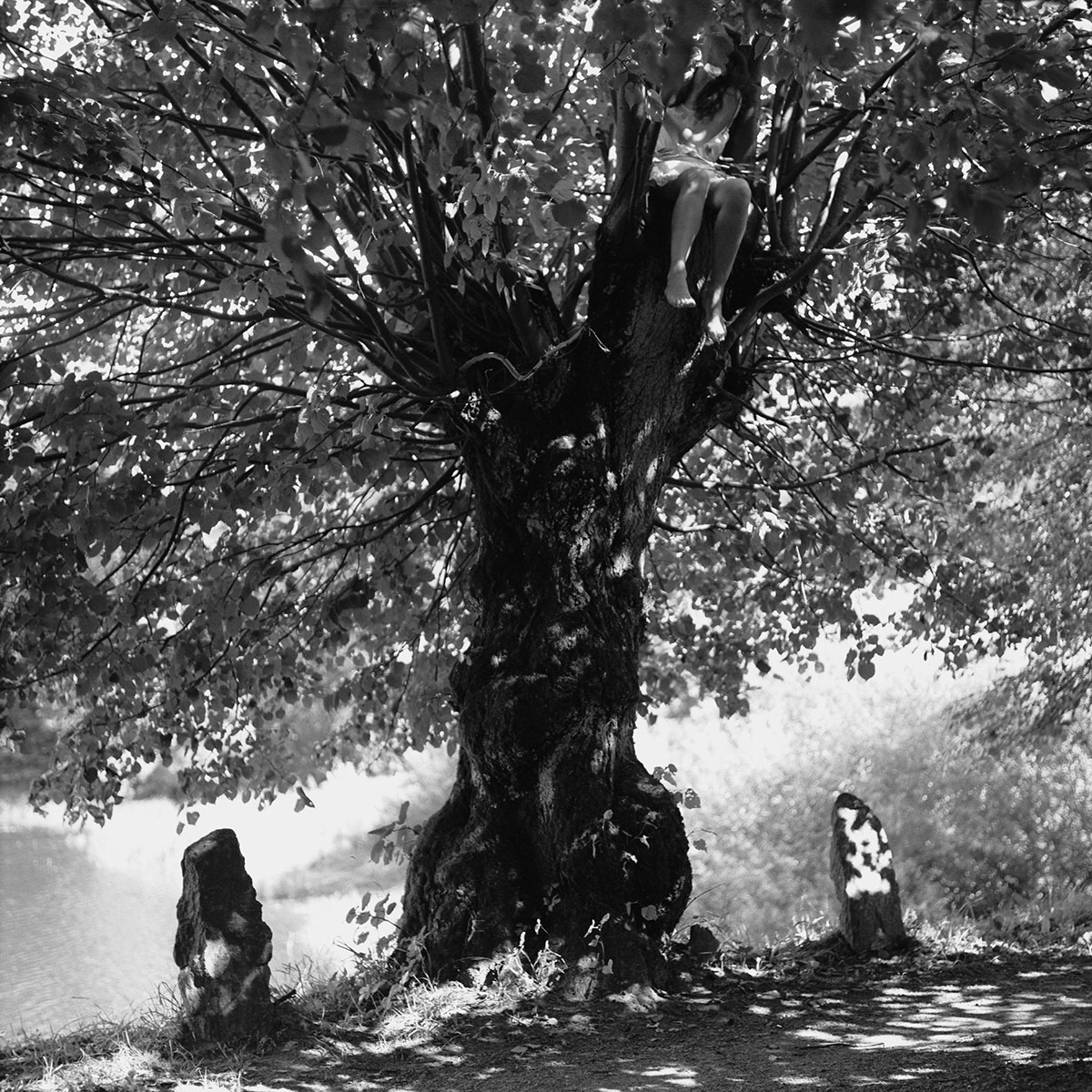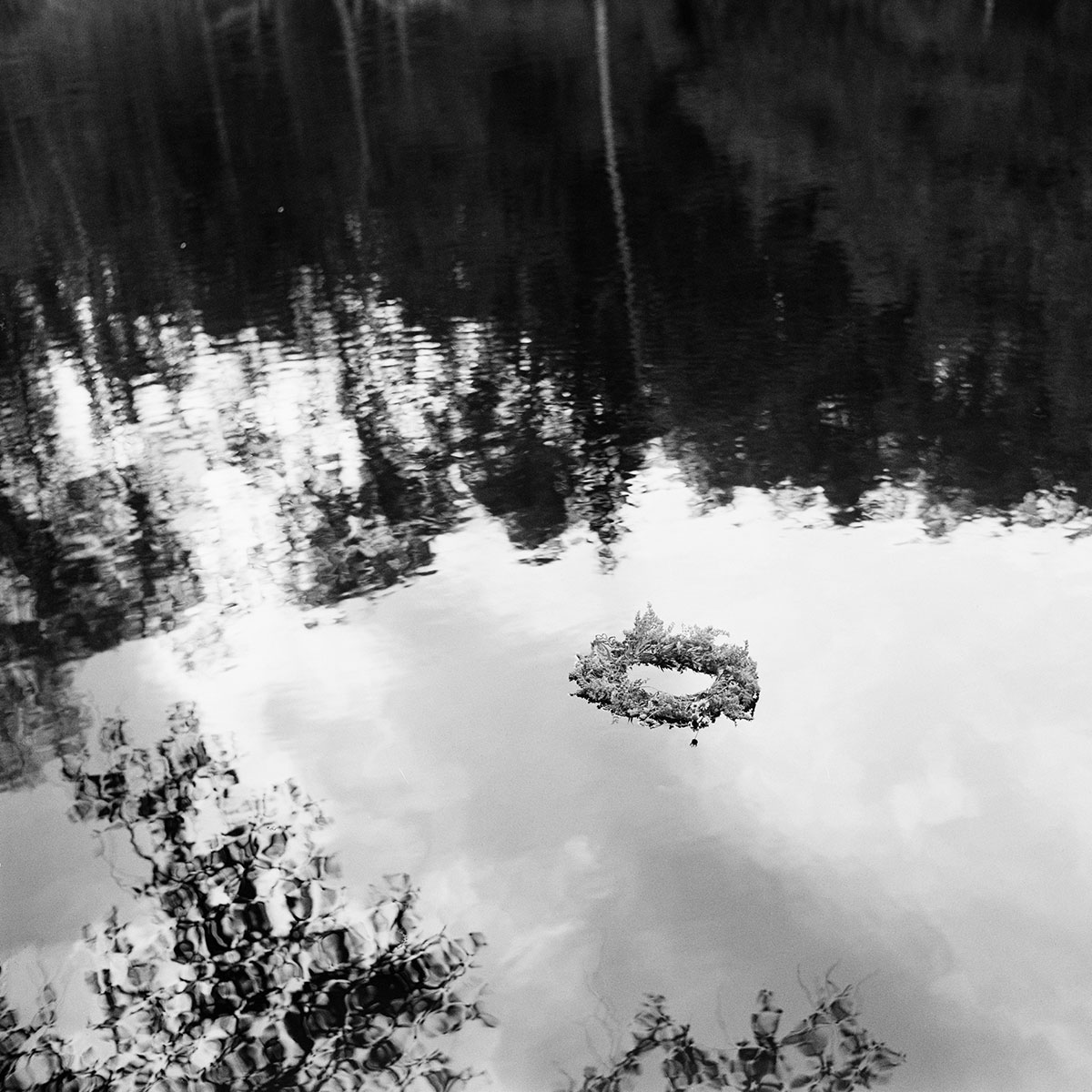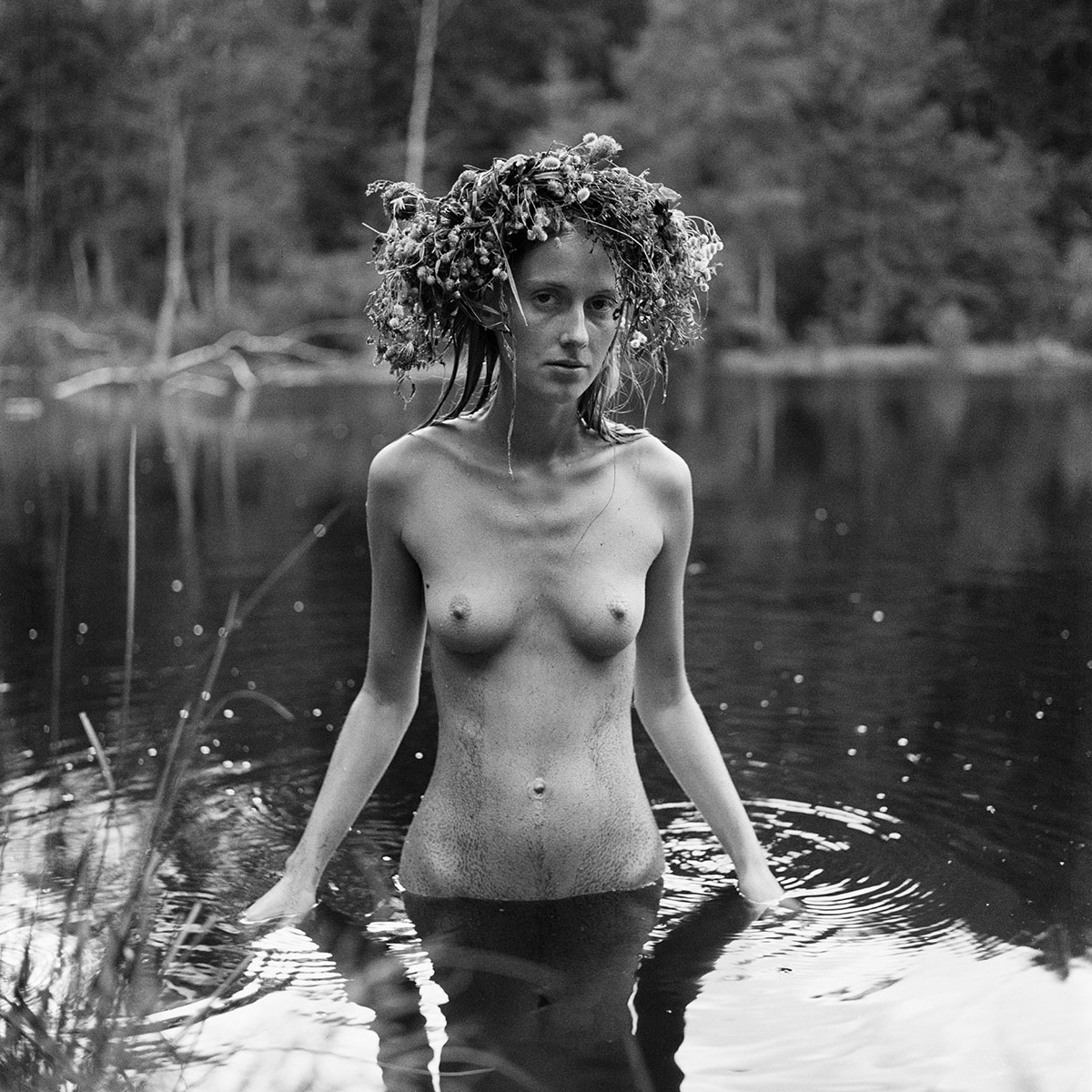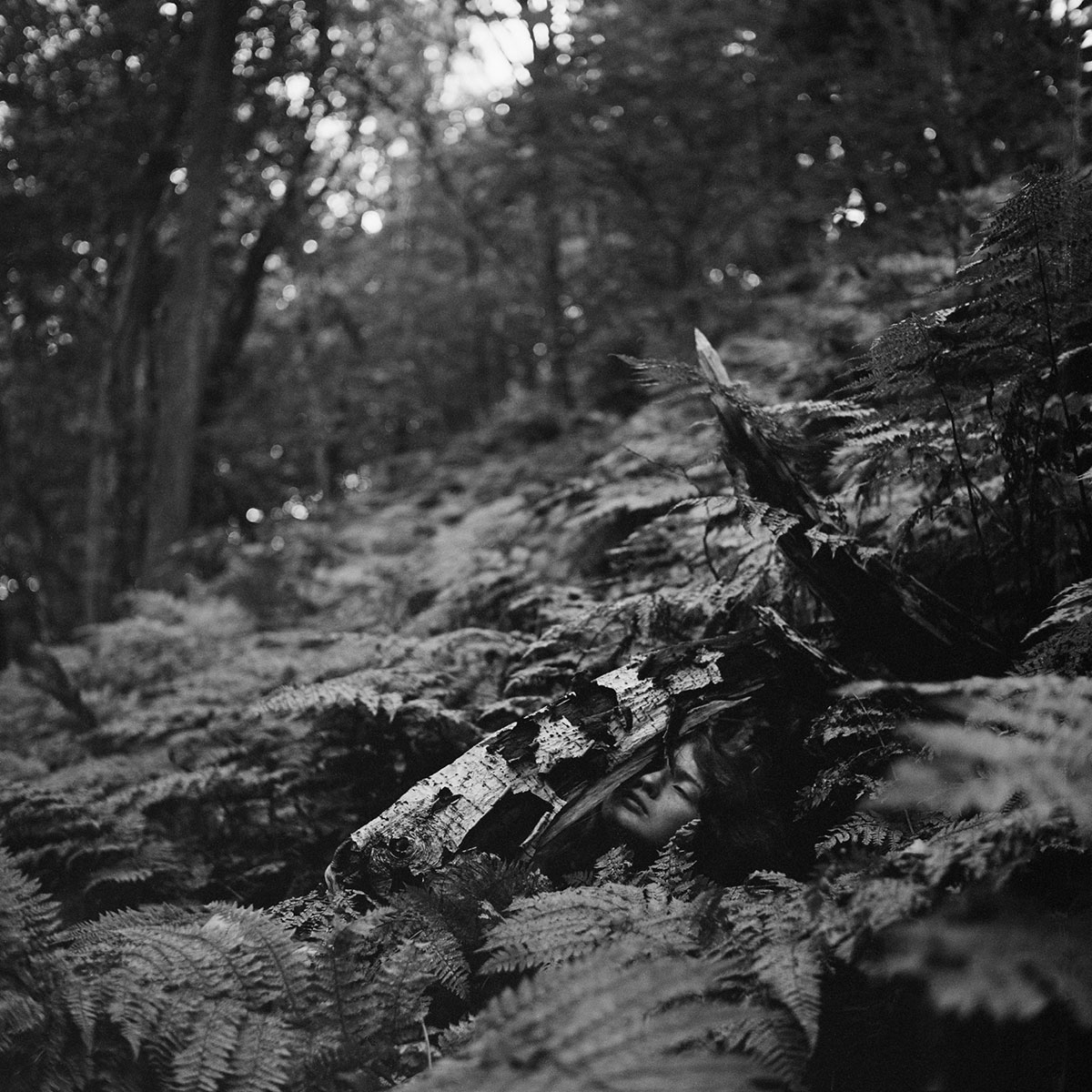Photographer Mariya Kozhanova was born and raised in Kaliningrad, the centre of the Russian exclave between Poland and Lithuania on the Baltic Sea. The complicated history of the city and the region is one of key themes Kozhanova pursues in her artistic practice. Her series Prussian Bride explores the myths and visual iconography of the place in search of its timeless essence.
Kaliningrad stands on the site of an Old Prussian settlement. The town, originally named Königsberg, was part of the State of the Teutonic Order, the Polish–Lithuanian Commonwealth, Prussia and Germany, until, largely destroyed in the Second World War, it became part of the Soviet Union in 1945. Prussian, German and Soviet influences are mixed in the city’s atmosphere and architecture and in people’s mentality.
Ancient legends surrounding Kaliningrad have been haunting Kozhanova since childhood. “While I was still in school, I read a book by Russian writer Yury Buida called Prussian Bride. It left a deep impression on me and made me think about who we are, who was here before us, and what life was within the earth before it became Russian,” Kozhanova explains. “After almost ten years, these reflections led me to the creation of these photographic works. The leitmotif of this project was one of the stories Yury Buida tells about grave-diggers who uncovered the tomb of a young girl and within a ‘breath’ turned into a cloud of dust.”
Kozhanova’s series has a dark, haunting atmosphere combined with piercing clarity when it comes to details and symbols: a white cloth, a dark forest, a wreath of flowers in a lake, an old German house. Following the mythical figure of the bride, Kozhanova is trying to revive memories of an erased culture in her homeland, to awaken collective memory. The memories are hard to pin down so the bride rarely shows her face — a silhouette in the woods, a distant face in the broken window.
The symbols Kozhanova captures in Prussian Bride are not only about history but also youth and a recurring female narrative running through time. “For me, the mystery of the land is hidden in itself, because it is still filled with memories of Prussia. Houses are aging and losing their bricks, and their inhabitants who remembered the Germans are long gone,” the photographer explains. “Personifying the Earth in the form of a young blonde girl who died and, therefore, remains forever a bride, I joined the area’s history and roots together with images generated by the imagination. Prussian Bride is a kind of literary narrative, weaving together nature, which is forever regenerating, summer with its ritual bathing and the unfulfilled dreams of young girls.”
Text: Anastasiia Fedorova
Image: Mariya Kozhanova
